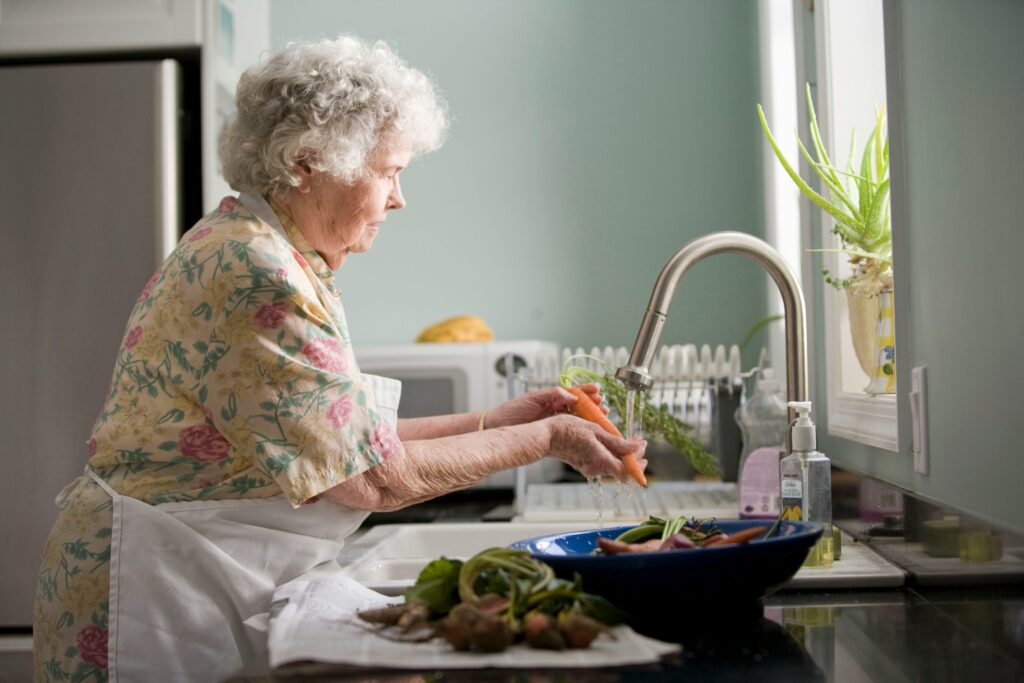According to the Australian Institute of Health and Welfare falls were “the leading cause of injury hospitalisations in 2022–23 and the leading cause of injury deaths in 2021–22”. These significant statistics means looking for ways to prevent falls is crucial in care environments. Bed alarms are essential tools in both caregiving and healthcare settings to enhance patient safety and prevent falls. Properly setting up and using these devices ensures they are effective and reliable. Here are some tips to help caregivers and healthcare providers make the most of bed alarms:
1. Understand the Purpose of Bed Alarms
Bed alarms alert caregivers when a patient or loved one attempts to leave the bed, providing a crucial warning to prevent falls or wandering. A caregiver can respond quickly to the alert. Depending on the model, the alarm can alert at the patient’s bedside or can be transmitted through a nurse call system or wireless receiver to notify the caregiver. These devices are particularly useful for individuals with limited mobility, cognitive impairments, or a high risk of falls.
2. Choose the Right Type of Bed Alarm
Bed alarms come in various designs, included wired and wireless options. Depending on the environment, it is important to select the right type of alarm system. Most bed alarms are made with a pressure-sensitive pad which activates when weight is shifted off the bed. For example, the CareWatch Bed Alarm and Sensor Pad is designed with a water/incontinence resistant pad and battery operated alarm that will alert a caregiver only when a patient fully leaves the mattress – this avoids false alarms when a patient is simply shifting their weight as they turn over in bed. This model can be wired into many nurse call systems or be used as a single unit. The ability to change the tempo, volume and tone of the alarm means that caregivers can identify quickly between patients.
3. Proper Placement and Installation
- Positioning: Ensure the alarm is placed where it can detect movement effectively without causing discomfort to the patient. For many pressure pads, placing them under the shoulders, back, or hips is the most effective location – it is always advised to follow clinical advice regarding best placement as it may vary between patients.
- Proper placement: In most instances, bed alarms should be placed directly on the mattress, underneath the bed sheet.
- Connectivity check: For wireless systems, ensure the transmitter and receiver are properly paired. For battery operated systems, ensure that batteries are working properly. For devices connected through a nurse call system, ensure the system is working as expected.
4. Test the Device
Before using the alarm with a patient, test it to confirm it works correctly:
- Verify the alarm activates promptly when triggered.
- Check the volume to ensure it is loud enough to be heard without causing distress.
- Confirm all components are securely in place.
It is important to conduct regular testing on fall prevention devices. Your facility may have a schedule in place for testing.
5. Customise Settings for Individual Needs
Most alarms allow for volume, tempo or tone adjustments. Tailor these settings based on the patient’s needs and the caregiving environment. For example, changing to a lower volume in quieter settings like home care may mean that the patient is not startled by the noise and it is not jarring to the occupants of the household whilst still allowing for a quick response to the alert. In a care facility, where multiple patients may be using bed alarms, customising settings allows carers to quickly identify which patient may be at risk of a fall.
6. Train Caregivers and Staff
It is advisable to run regular training and refresher courses for all people involved in the patient’s care when using bed alarms as part of a fall prevention program. Training should ensure caregivers know:
- How the alarm functions.
- How to respond promptly when it activates.
- How to troubleshoot basic issues.
It is always useful to keep copies of instruction manuals handy so they can be referred to easily for training or in the event of an issue with the device. For home use, it is important that the person responsible for setting up and assisting in the care of the patient understands how to properly use, position and troubleshoot the bed alarm.
7. Combine Bed Alarms with a Comprehensive Care Plan
While bed alarms are helpful, they should not replace attentive care. Bed alarms may be just one component of a comprehensive care plan for a patient who is at risk of falls. Combine their use with:
- Regular check-ins with the patient.
- Proper medical and clinical assessments.
- Adequate support during mobility activities.
- Modifications to the environment, such as proper lighting and clear walkways.
It is always recommended to seek personalised clinical guidance on the use of bed alarms prior to using them.
8. Maintain and Inspect Regularly
As with all equipment, routine checks ensure the alarm remains reliable. Safety and Mobility can help you organise maintenance and inspections – see here for more information on booking an equipment service.
- Inspect for wear and tear on components.
- Replace batteries or charge the device as needed.
- Test functionality periodically.
9. Respect Patient Privacy and Comfort
Be sensitive to the patient’s dignity and comfort. Where practical to do so, explain why the alarm is in place and ensure it doesn’t cause unnecessary distress.
By following these steps, caregivers and healthcare providers can enhance patient safety, minimise fall risks, and provide peace of mind in their care settings. Proper use of bed alarms ensures they serve as an effective part of a broader safety strategy. Feel free to reach out to the team at Safety and Mobility to discuss our full falls prevention range.


